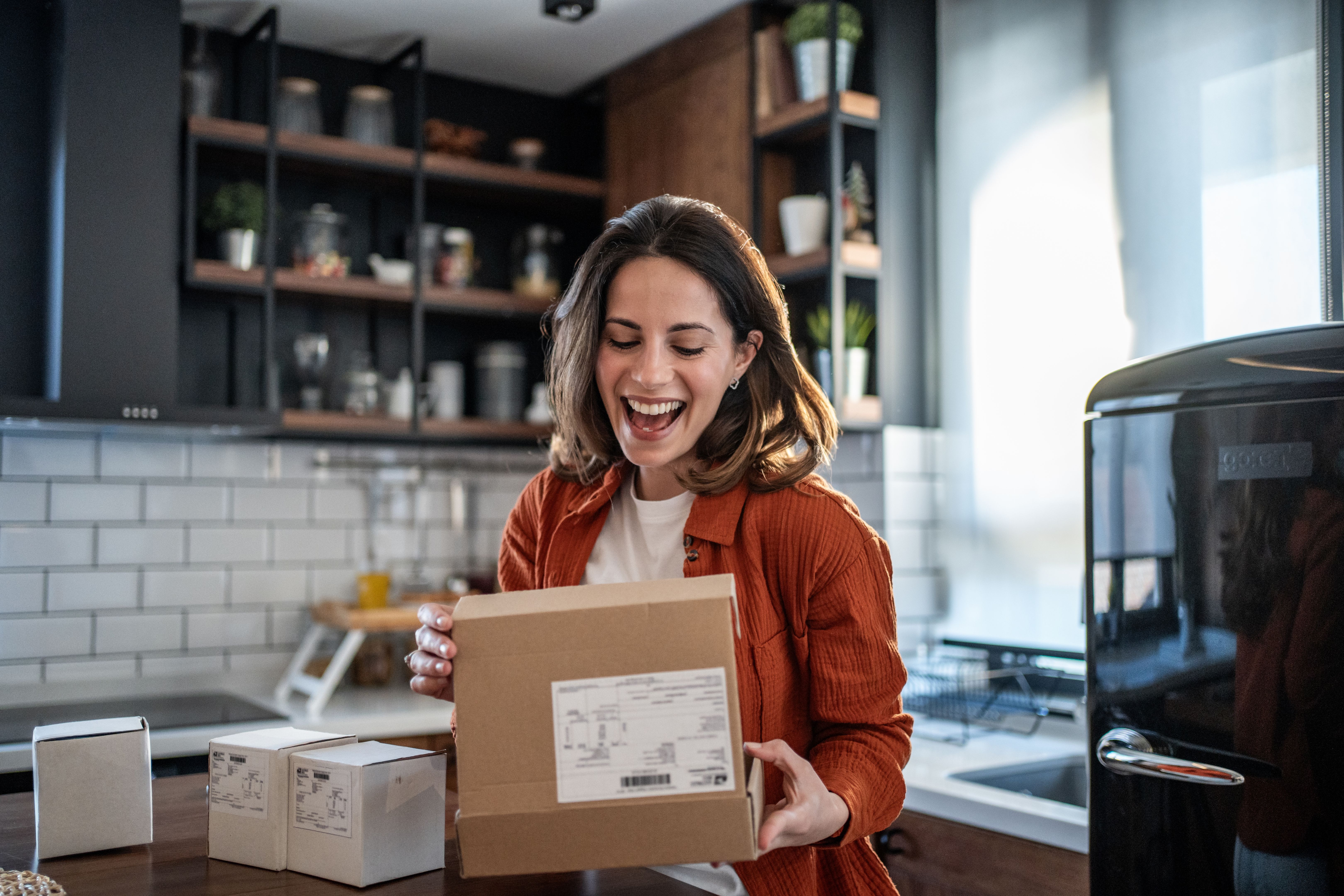Maximizing Sales: Blending Online and In-Store Experiences
Understanding the Modern Consumer
In today’s rapidly evolving retail landscape, businesses face the challenge of catering to both digital-savvy consumers and those who prefer the tactile experience of in-store shopping. As such, retailers must find ways to bridge the gap between online and offline experiences to maximize sales and enhance customer satisfaction. Understanding the modern consumer's expectations is crucial in making this blend successful.

Consumers today demand convenience, speed, and personalized experiences. They expect seamless transitions between online browsing and in-store purchases. Therefore, businesses need to ensure that their online platforms and physical stores offer a cohesive brand experience, encouraging customers to interact with both channels effortlessly.
Enhancing Online Presence
A robust online presence is essential in attracting and retaining customers. This involves not just having a user-friendly website but also optimizing it for mobile use. Given that a significant portion of shoppers browse and shop from their mobile devices, ensuring that your website is mobile-responsive can significantly impact sales.
In addition to having a responsive site, businesses should focus on creating engaging content that resonates with their audience. This includes detailed product descriptions, customer reviews, and high-quality images that capture the essence of the products offered.
Creating a Cohesive In-Store Experience
While enhancing your online presence is vital, maintaining a compelling in-store experience is equally important. This means ensuring that customers who choose to visit your physical store have an engaging and satisfying experience. From the moment they walk in, every aspect of the store should reflect the brand's identity and values.

Staff training plays a crucial role here. Employees should be knowledgeable about the products and promotions, as well as adept at using technology to assist customers with online orders or queries. Implementing technology such as interactive kiosks or tablets can also aid in providing a seamless shopping experience.
Integrating Technology for a Seamless Experience
To successfully blend online and in-store experiences, integrating technology is key. Retailers can leverage tools like augmented reality to allow customers to visualize products in their space or offer virtual try-ons. Additionally, using data analytics can help personalize shopping experiences by recommending products based on past behavior.
Implementing a unified inventory system ensures that customers get real-time information about product availability, whether they are browsing online or in-store. This transparency builds trust and enhances the likelihood of a purchase.

Omnichannel Strategies for Success
An effective omnichannel strategy involves creating a consistent brand experience across all touchpoints. Whether through social media, email marketing, or direct customer service interactions, maintaining a unified voice is essential. Encouraging customers to utilize services like buy online, pick up in-store (BOPIS) can bridge the gap between digital and physical shopping environments.
Retailers should also consider loyalty programs that reward multi-channel engagement, offering incentives for both online purchases and in-store visits. This not only boosts sales but also fosters long-term customer relationships.
Measuring Success
Once strategies are implemented, measuring their success is crucial. Businesses should track key performance indicators such as conversion rates, customer retention, and average purchase value across channels. This data can provide insights into what is working and what needs improvement.
By constantly analyzing these metrics, retailers can refine their approach, ensuring they meet the ever-changing needs of their customers while maximizing sales opportunities.